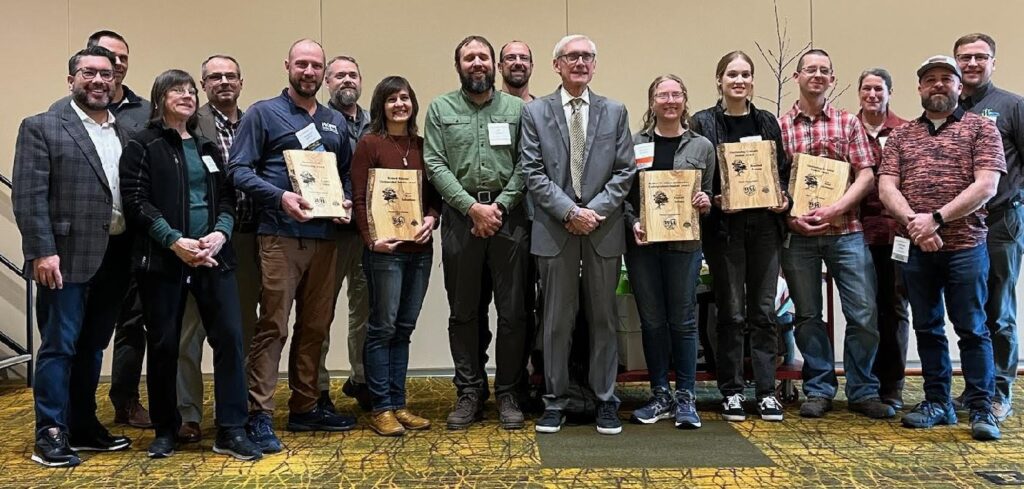
Governor Tony Evers made a surprise appearance to congratulate the 2024 Urban Forestry Council and Wisconsin Arborist Association award winners.
The Wisconsin Urban Forestry Council is comprised of municipal employees, elected officials, nursery operators, arborists and others who advise the Department of Natural Resources (DNR) on the best ways to preserve, protect, expand and improve Wisconsin’s urban and community forest resources.
Every year, the council bestows several awards to recognize and thank individuals and organizations across Wisconsin for their work and commitment to community forests and the economic benefits they provide. Individuals, organizations, communities and tribes that further urban forestry in Wisconsin are eligible. The awards are announced each year at the annual Wisconsin Urban Forestry Conference.
Nominations are now being accepted online for the 2025 awards and must be submitted by Oct. 31, 2024. Continue reading “The Urban Forestry Council Award Nomination Form Is Now Online”

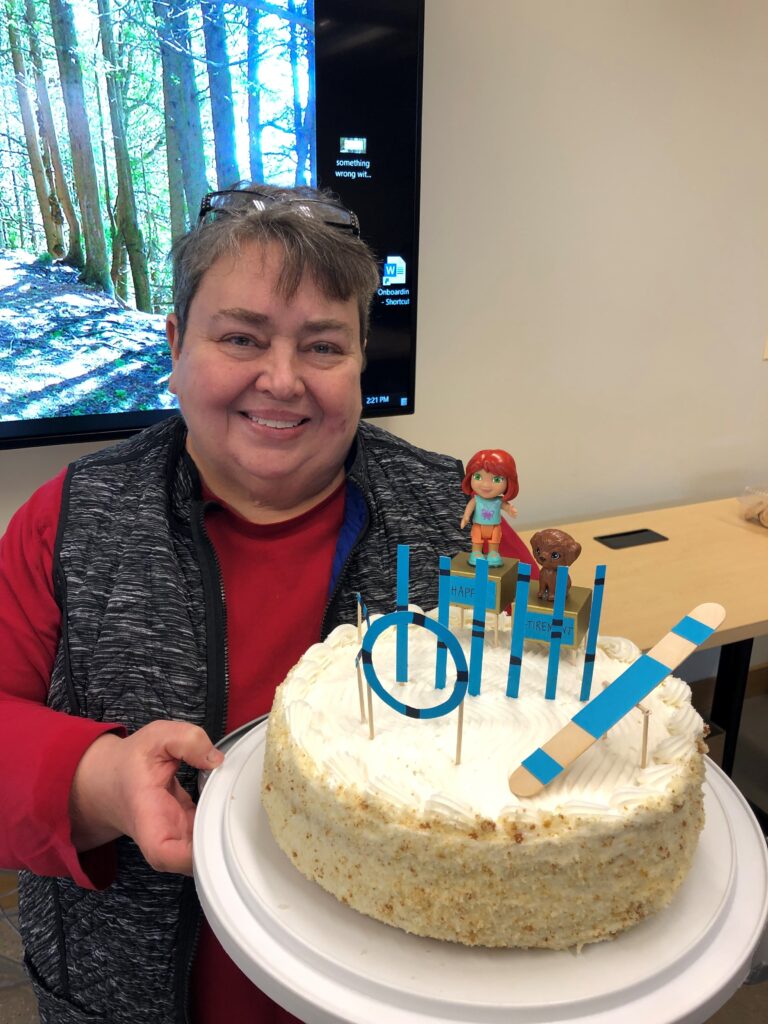 Congratulations to Tracy Salisbury, who began her retirement in May. Tracy has been with the DNR as an urban forestry coordinator in northeast Wisconsin since 1998.
Congratulations to Tracy Salisbury, who began her retirement in May. Tracy has been with the DNR as an urban forestry coordinator in northeast Wisconsin since 1998.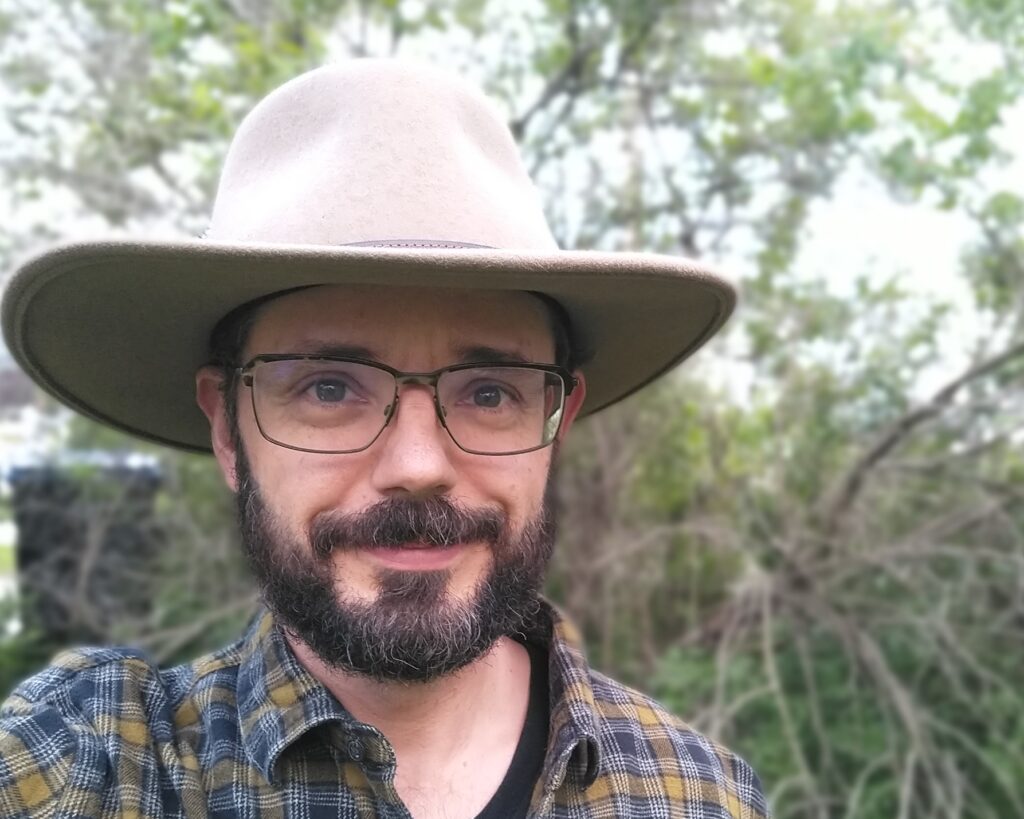 Jay Dampier joined the Urban Forestry Team on June 3 as the new Inflation Reduction Act (IRA) grant coordinator. This is a federally funded project position that will be overseeing $4 million of federally funded grants awarded to Wisconsin communities, tribes and nonprofits. These IRA funds were allocated to the urban forestry program by the United States Department of Agriculture (USDA) Forest Service in 2023. As part of the Justice 40 Initiative, 100% of the funds will be used to improve the urban forest resources and lives of those living in disadvantaged communities throughout the state.
Jay Dampier joined the Urban Forestry Team on June 3 as the new Inflation Reduction Act (IRA) grant coordinator. This is a federally funded project position that will be overseeing $4 million of federally funded grants awarded to Wisconsin communities, tribes and nonprofits. These IRA funds were allocated to the urban forestry program by the United States Department of Agriculture (USDA) Forest Service in 2023. As part of the Justice 40 Initiative, 100% of the funds will be used to improve the urban forest resources and lives of those living in disadvantaged communities throughout the state. 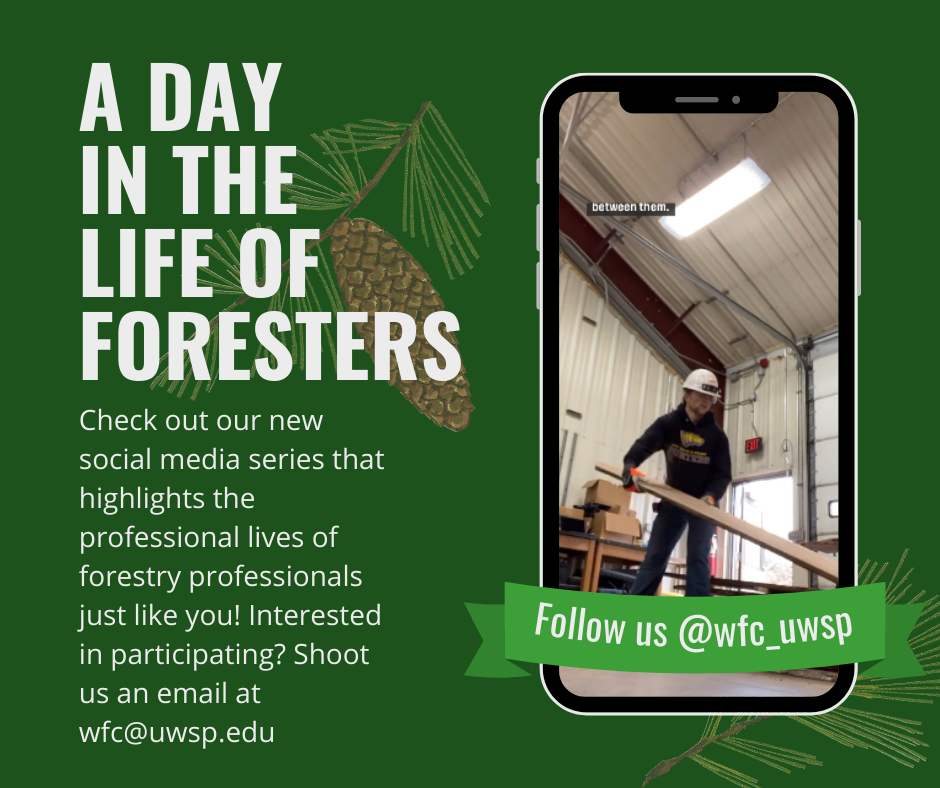 The Wisconsin Forestry Center (WFC) is seeking forestry professionals to create 90-second videos showing an authentic representation of a day in your life as you go about your job duties. The videos will be posted on the WFC’s
The Wisconsin Forestry Center (WFC) is seeking forestry professionals to create 90-second videos showing an authentic representation of a day in your life as you go about your job duties. The videos will be posted on the WFC’s  I am pleased to announce that Elton Rogers has accepted the Southeast Regional Urban Forestry Coordinator position. Elton is based in Milwaukee and his first day was Jan. 16.
I am pleased to announce that Elton Rogers has accepted the Southeast Regional Urban Forestry Coordinator position. Elton is based in Milwaukee and his first day was Jan. 16.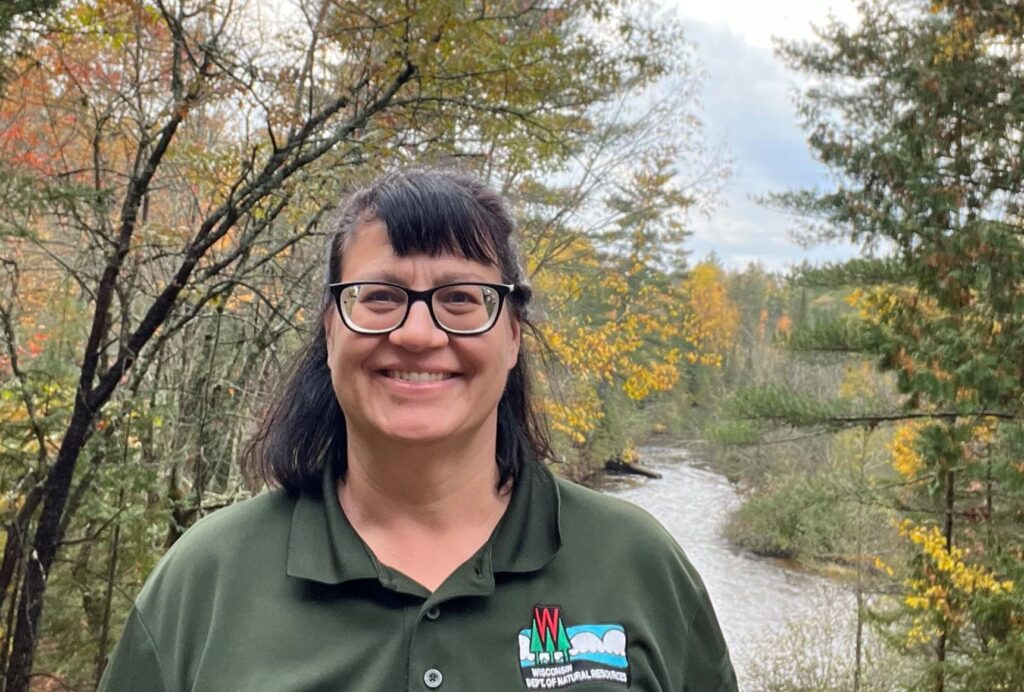 DNR Urban Forestry welcomes Jenn Janness to the team. She will be focusing on urban forestry outreach and supporting the
DNR Urban Forestry welcomes Jenn Janness to the team. She will be focusing on urban forestry outreach and supporting the 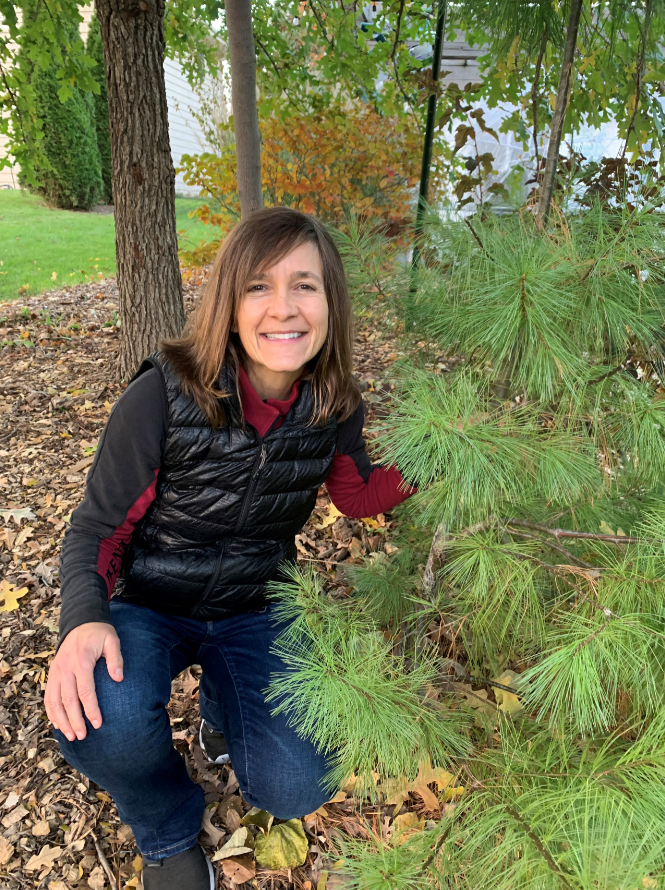 Congratulations to Kim G. Sebastian as she begins her retirement this month. Kim has been with the DNR as Urban Forestry Coordinator since 1990. Read on to hear Kim reflect on her experience with the DNR and share some parting words.
Congratulations to Kim G. Sebastian as she begins her retirement this month. Kim has been with the DNR as Urban Forestry Coordinator since 1990. Read on to hear Kim reflect on her experience with the DNR and share some parting words.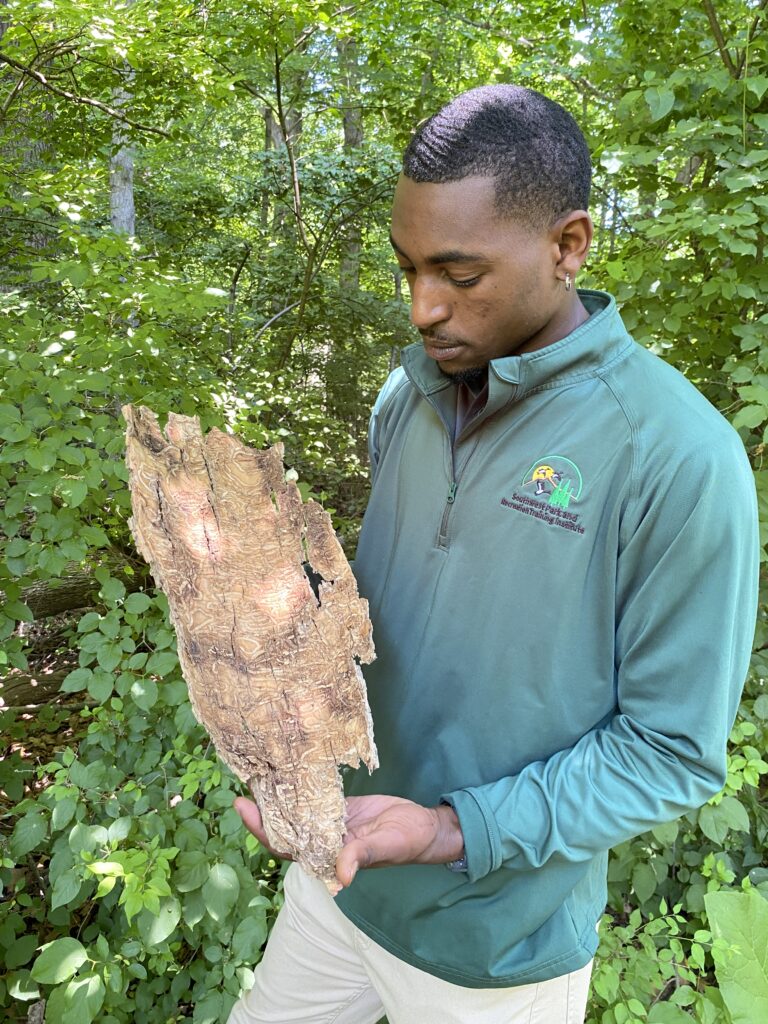 Deron Isom will be graduating this spring from Southern University and A&M College’s Urban Forestry and Natural Resources Department. He chose urban forestry and natural resources to contribute to the care of the environment. During his time at Southern, he had opportunities to intern with the National Fish and Wildlife Foundation and partner with the Recreation & Park Commission for East Baton Rouge Parish to produce multiple resource management plans and tree inventory projects. He is currently employed with the USDA at the Honeybee Breeding, Genetics and Physiology Agricultural Research Lab. He is known for his master status as a professional pugilist as well as pursuing a professional boxing career. He is a member of The Society of American Foresters, The Louisiana Forestry Association, Southwest Parks and Recreation Training Institute, and Spartans Boxing Club. He has goals to increase global contributions to sustainable living and spread his knowledge of agriculture.
Deron Isom will be graduating this spring from Southern University and A&M College’s Urban Forestry and Natural Resources Department. He chose urban forestry and natural resources to contribute to the care of the environment. During his time at Southern, he had opportunities to intern with the National Fish and Wildlife Foundation and partner with the Recreation & Park Commission for East Baton Rouge Parish to produce multiple resource management plans and tree inventory projects. He is currently employed with the USDA at the Honeybee Breeding, Genetics and Physiology Agricultural Research Lab. He is known for his master status as a professional pugilist as well as pursuing a professional boxing career. He is a member of The Society of American Foresters, The Louisiana Forestry Association, Southwest Parks and Recreation Training Institute, and Spartans Boxing Club. He has goals to increase global contributions to sustainable living and spread his knowledge of agriculture. The city of Madison is happy to announce Ian Brown as the new City of Madison Forester.
The city of Madison is happy to announce Ian Brown as the new City of Madison Forester.